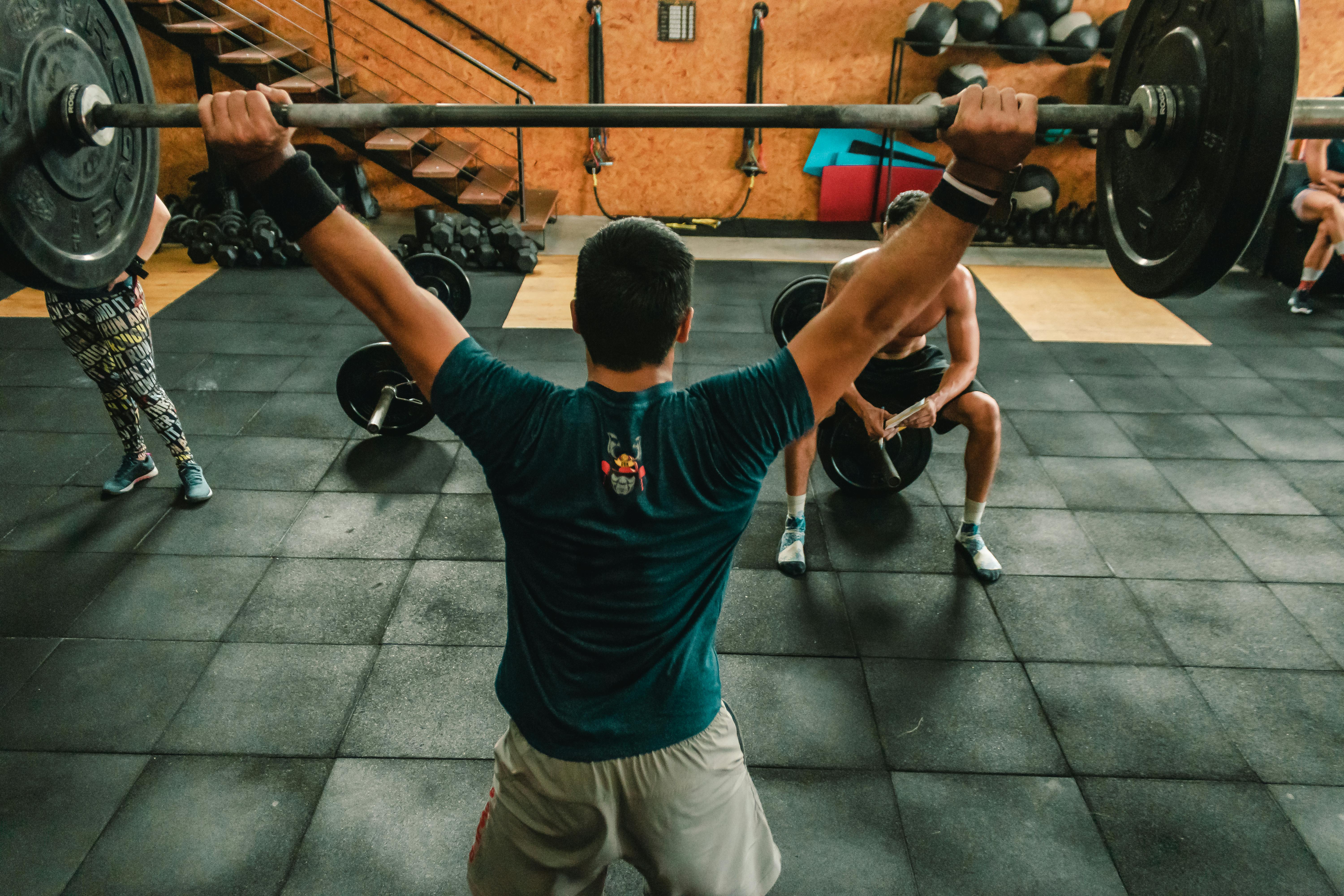The defensive techniques used in the preparation of soccer games can be applied to those used in basketball. In soccer, the goal is to use schemes, formations, and techniques that limit the ball’s advance. One technique is to identify trends and find ways to counter them. For example, in basketball, if you find a way to lower your opponent’s shooting percentage by five percent, that could create a difference of six to eight points. That is a worthy achievement.
Let’s start by looking at man-to-man defensive techniques. One of the first determinations is your opponent’s dominant hand; either right or left handed. This is the shooting hand, and it determines how you protect your man and how you obstruct the path of shooting. The next determination is which foot is the pivot foot. This can change with possessions and sets the trend for the drive side, often the non-pivot foot side. Another indicator is the position of the hand on the ball. Throwing your hand behind the ball indicates that you are preparing for a shot. The hands to the side of the ball indicate that they are preparing to pass. The hand on top of the ball indicates that you are preparing to dribble and which hand indicates to go left or right.
Another indicator is dribbling patterns. Players who dribble between their legs or behind their backs do so in repeating patterns before shooting or driving to the basket. Knowing that tendency gives the defensive player a slight advantage, a fraction of a second to contest the shot or dribble. Contested shots or drives decrease the goal percentage and how much depends on the agility and quickness of the defensive player. It also depends on the player’s ability to read and react to indicators.
Reading tendencies can also help steal. By watching dribbling rhythms and patterns, the defensive player can predict where the ball is going to be and can push that spot to deflect the ball. Such a move requires knowing at which point to attack and, with practice, becoming instinctive rather than mental. Aiming too early allows the opponent to redirect the dribble and too late puts the defender out of position. The point of attack is usually when the dribbled ball ascends into the opponent’s hand, where a dribble follows a predetermined pattern. Stealing the ball in this way not only damages the opponent’s confidence, but also adds two points to the score differential. Stops a scoring attempt at an average of one point per possession and allows a scoring opportunity by the defense at an average of one point per possession.
The team defense combines the aforementioned techniques but adds coordinated assist movements. This could be imminent or cutting off passing lanes or even catching a stationary player and obstructing passing or shooting lanes. Other times it’s correcting a mismatch like a short player guarding a tall one, or an exceptional shooter against a mediocre defender. Helping out is a constant risk-reward choice, as double-teaming can either have positive results or it can leave an opponent wide open. Therefore, assisting requires all five defensive players to work as a team. This means that when one player moves in to help, the defensive responsibilities of the other three change.
How it changes depends on your opponents skill set. For example, a low-percentage outside shooter requires less attention than an inside center who dominates painting, scoring, and rebounding. Such a player would require special treatment including double teaming, flaccid defense and/or being denied the ball.
A major defensive issue is dealing with screens, takeoff, and the resulting mismatches. This is where trend analysis can be of great advantage. Do they use the screen to set up an open shot or a shot for the basket? Or do they use it as a sliding screen where the screener peels off to the basket? How you defend him depends on his tendencies and the scoring threat of the players involved. A good defense requires making calculated decisions that result in the best outcome.
Any defensive team will not be able to shut down an offense. Instead, the goal should be to limit points per possession. Defensive rebounding plays into this scenario, as limiting second chances greatly reduces points per possession. While the defense has an advantage by being closer to the basket, you can increase this advantage through strong rebounding techniques. Blocking your opponent is basic, but defending potential landing spots is just as important. For example, missed jumpers from midrange land closer to the basket than long 3-pointers. Layups and setbacks are even closer. Using this information can increase bounce rates.
Also, rebounding position is more important when facing taller, more athletic players. Blocking is not enough, one must keep the opponent off balance by maintaining contact and restricting his jumping ability.
The switch is another defensive plot where players pass the responsibility of protecting onto another player. This could be a verbal or non-verbal exchange and is commonly employed in high screen pick and roll situations. Most of the problem in this area is that the trade is not final and one or both offensive players have an advantage. Players get stuck in that indecision zone and offensive players are left unopposed. Communication is an essential remedy for such situations. Also, moving to a minizone defense helps correct these mismatches and allows players to regroup.
In a zone defense, players are assigned an area to protect instead of one player. Players typically move in a lean formation toward the ball with little separation between them. This spacing reduces dribbling or shooting. Thus, the offense is relegated to passing the ball to an open man and taking mostly long shots. One strategy in this defense is to encourage low percentage shooters to shoot and play for rebounds. Another strategy is to contest the shots of likely shooters, thereby lowering the percentages.
Zone defense requires discipline to maintain space and move towards the ball in a decisive and confrontational manner. Here again, passing patterns soon emerge that predict scoring opportunities and which players are likely to shoot and when. This information allows the defense to increase matchups at such times. Such an intense defense can be exhausting and requires moments of recovery. These can be taken as offense by walking the ball down the field, taking time off the clock, and shooting later on the shot clock. Maintaining a high-paced game can be regressive and detrimental to a winning cause. Therefore, attention to recovery is a must.
On defense, you have several allies, namely the sidelines, the five-second rule, and the shot clock. When opponents approach the sideline, it’s like you have another defender on them, as they can only go to the sides. And if they’ve used their dribble, it’s a tense moment that could lead to a turnover. Similarly, when pressed, they can move back out of bounds. So getting your opponent on the sidelines is a good thing and creates more chaotic moments for offense.
Taking advantage of the five-second rule on out-of-bounds throw-ins can be critical in close matches. Taking more than five seconds results in a turnover. When the offense has to stretch the length of the court, one can take risks and go for a quick changeup. As such, the defensive lineup that stifles the throw-in should be a quick buildup of defenders. First one, then two, and quickly three, all blocking every possible lane of passage, creating a chaotic challenge for the passerby. Does the pass have an interception chance or do you have time to call a timeout?
In college, the five-second rule also applies to an offensive player who is closely guarded by a defender and does not advance the ball to the basket. This rule eliminates a dribbler who runs out of time without attempting to score. Here again, when defenders stifle the dribbler and obstruct passing lanes, such action can result in a violation and turnover.
Being aware of the shot clock can also produce positive results, as with five to seven seconds remaining, the offense is forced to shoot. This is the time to interrupt the flow and pace of the defensive attack. By inhibiting passes to primary shooters, more time is wasted and therefore poorer shooters are rushed to make bad shots. Such a strategy requires the defense to know the offensive players skill set and their shooting percentage, and then defend accordingly.
While scouting strategies are common in soccer, knowing and applying them in basketball can be a game changer. These strategies could come from studying opponents’ stats and videos, or through in-person observations and scouting reports. By countering the tendencies, skill sets of the opposition, a team can gain an advantage against formable opponents. Knowing what your opponent is likely to do is smart basketball. However, you need to know what trends to look for and how to incorporate the right countermeasures into your game plan. That’s not just smart basketball, it’s also brilliant.
The author wrote a companion article on offense titled “Basketball: 5-Player Schemes Promote Winning Ideals.”



